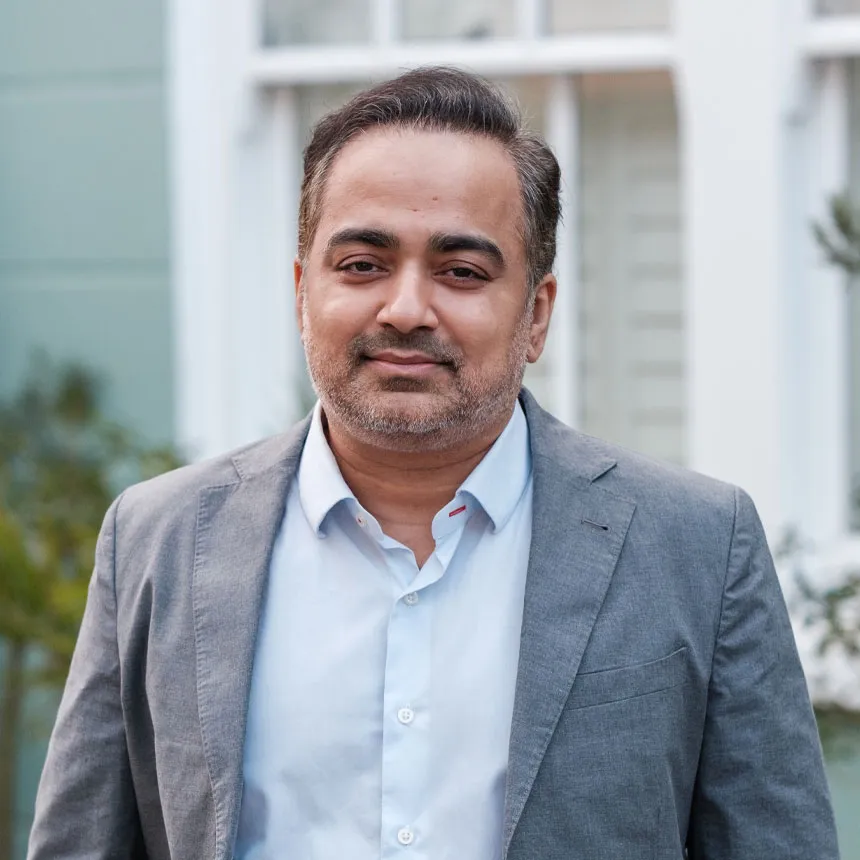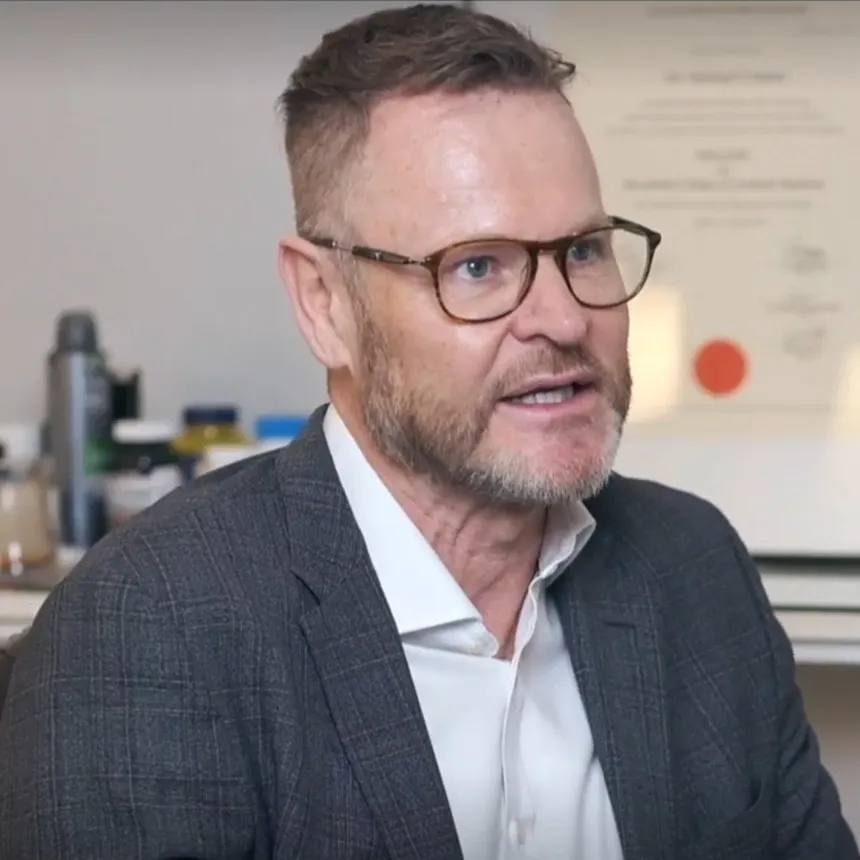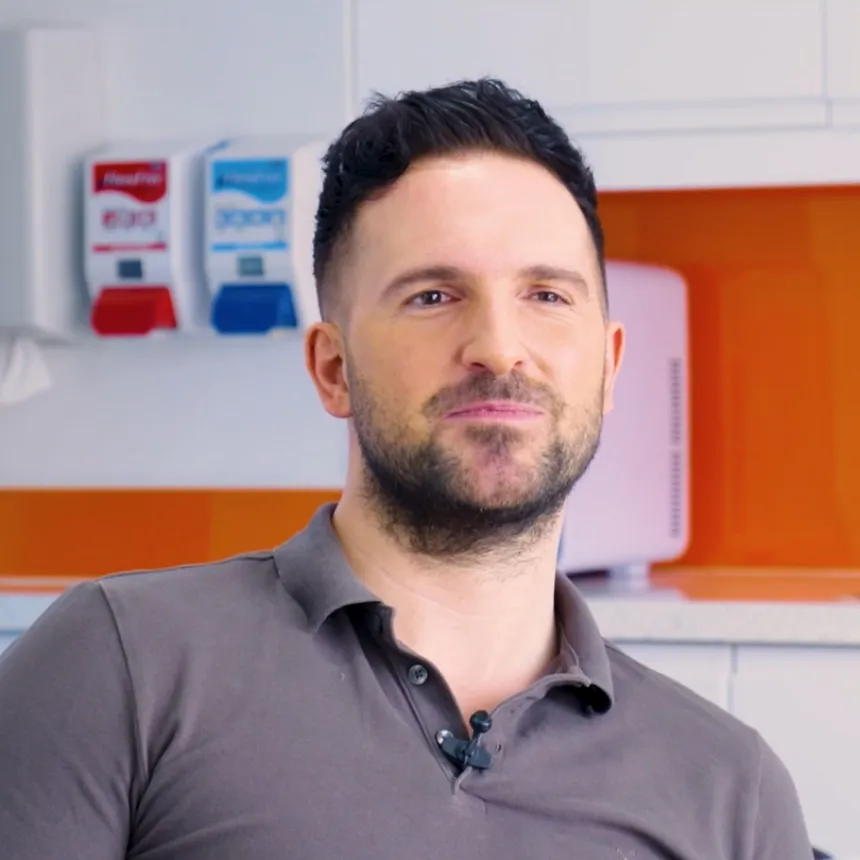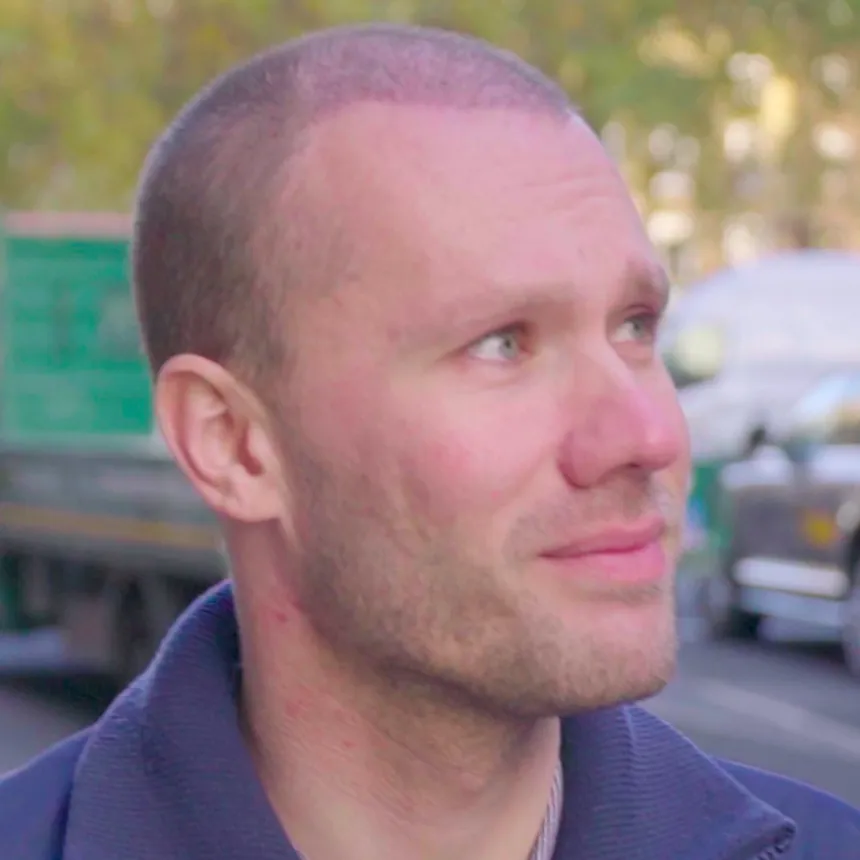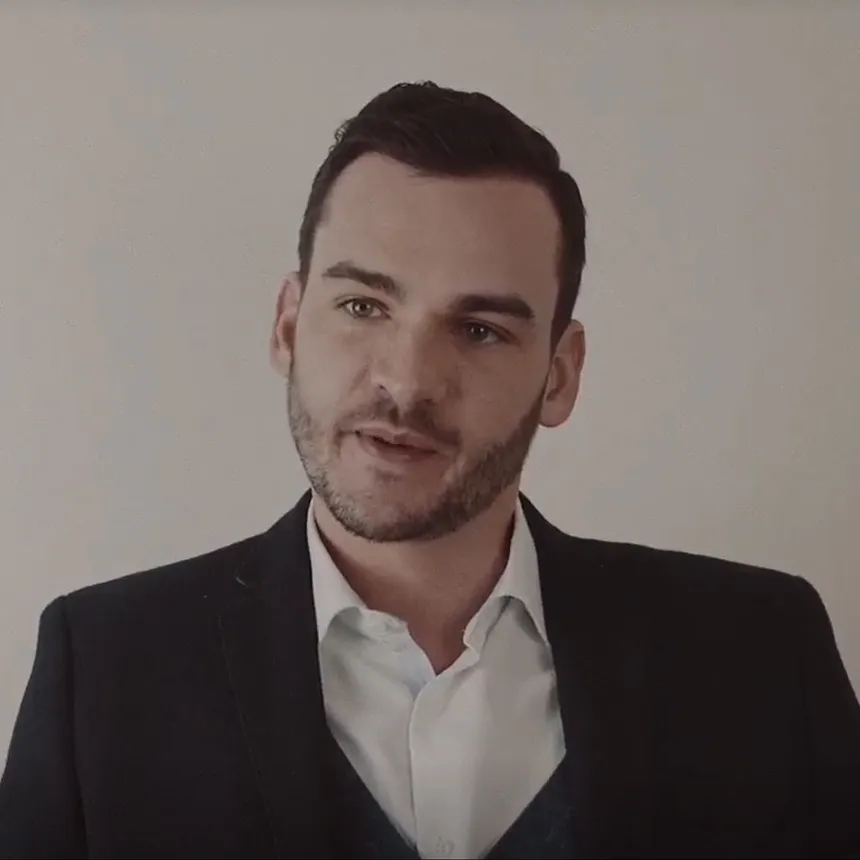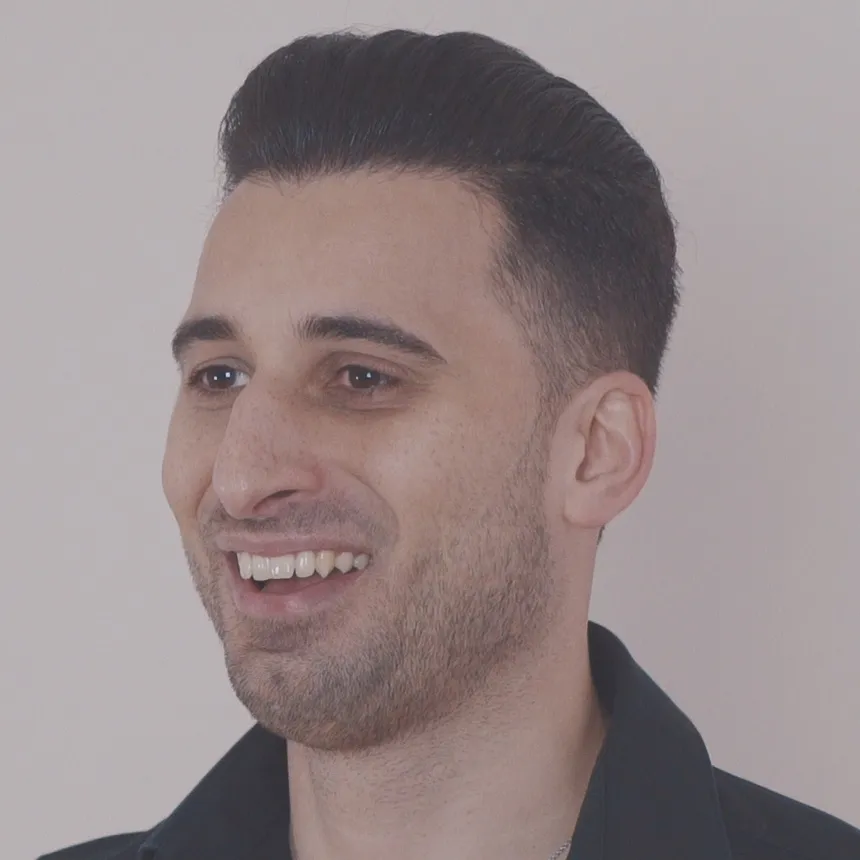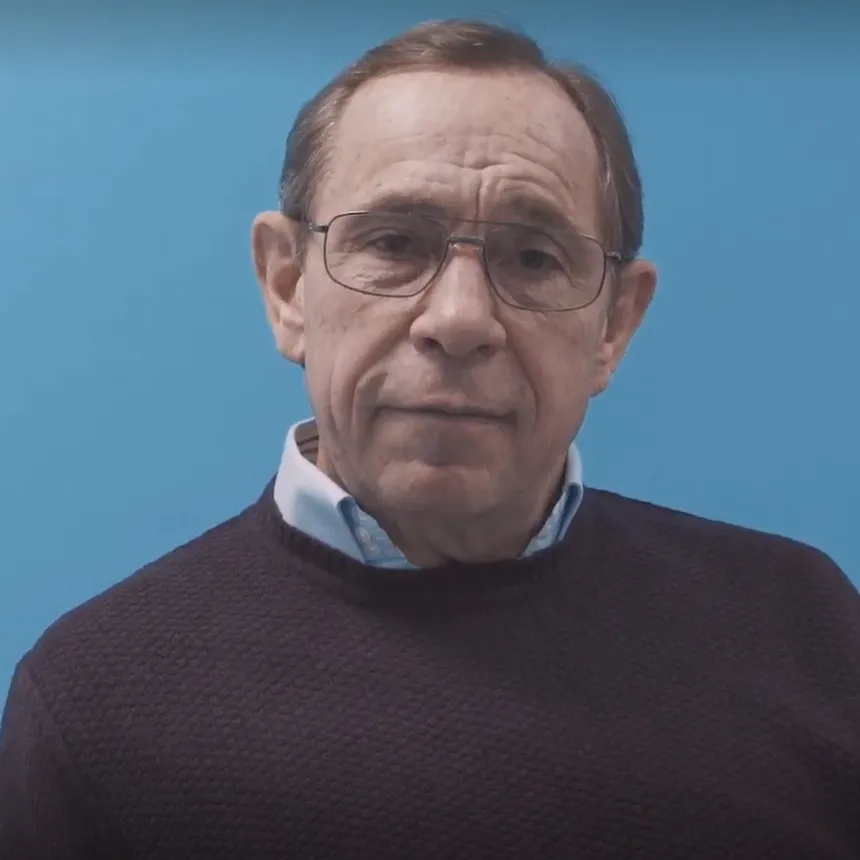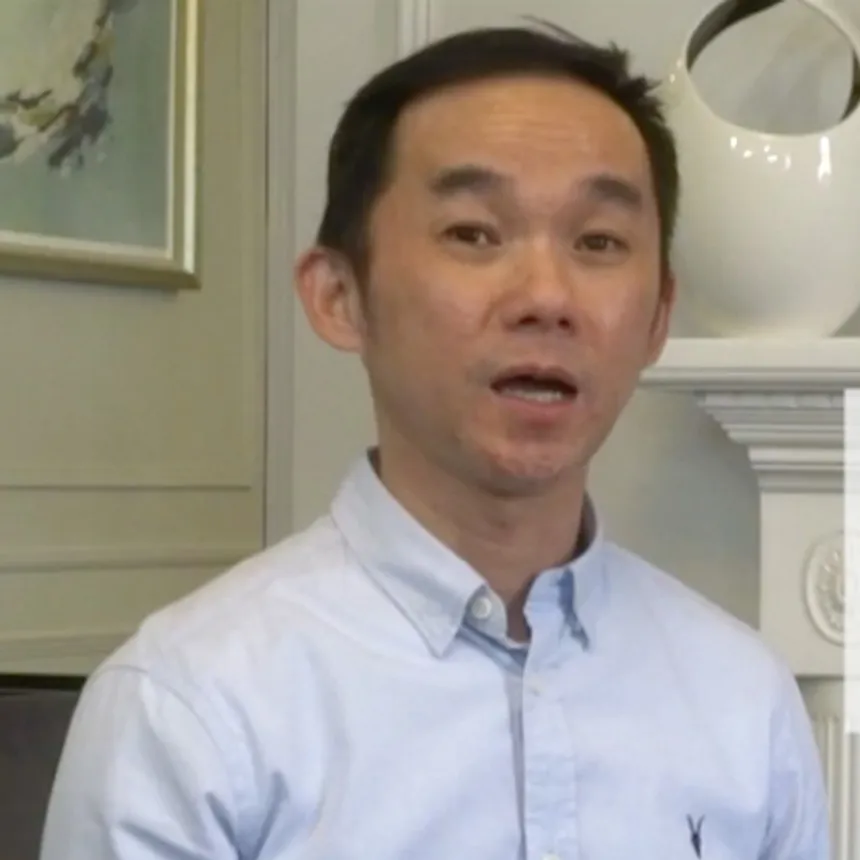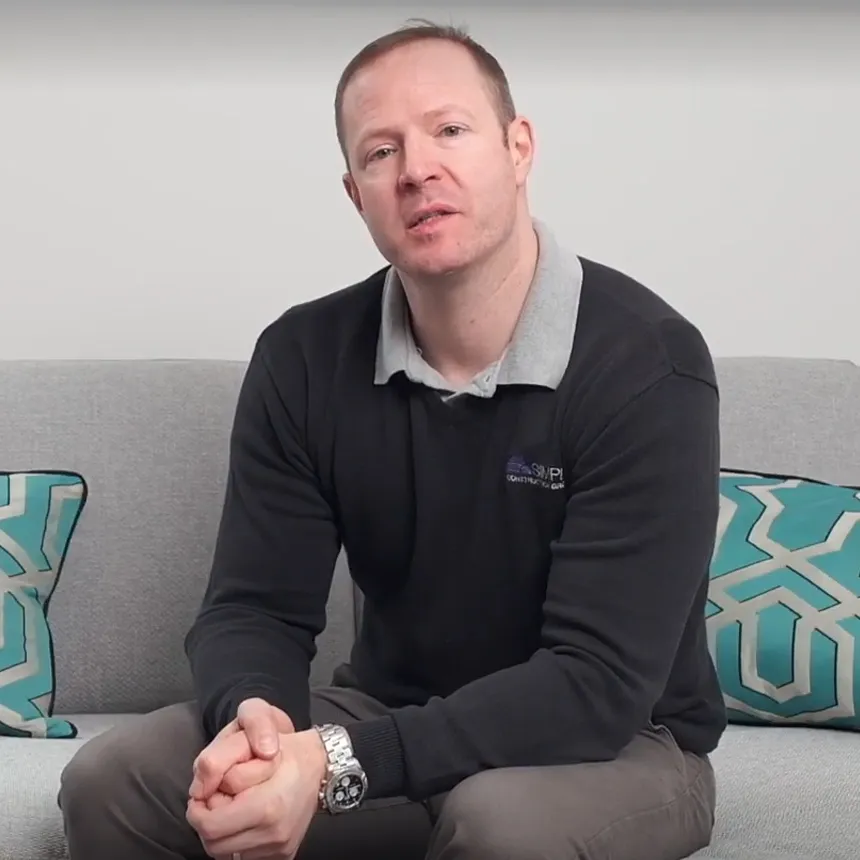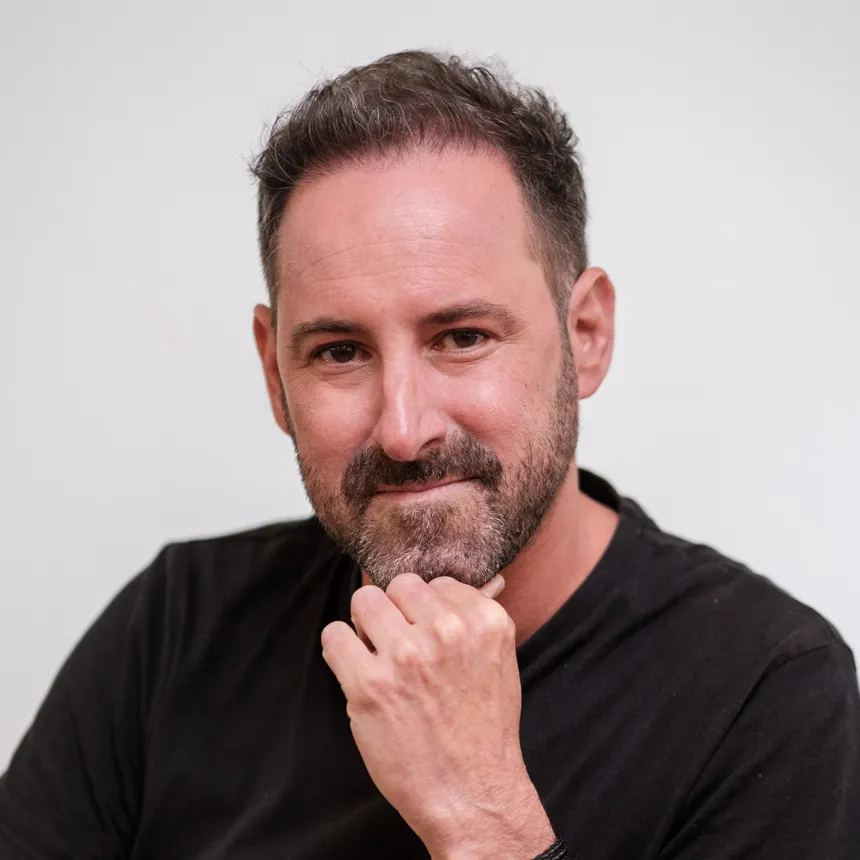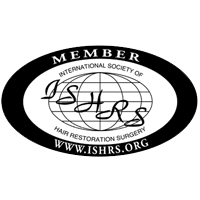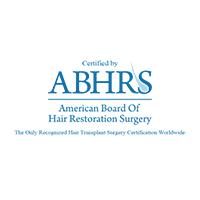Rhys began his journey looking for solutions to hair loss at the tender age of 16. Between 18 and 20, as he grew into a man, he could see that his hairline was beginning to recede at a much faster pace - losing more with every passing year. The worry became a significant preoccupation for him, to the point where we wondered if he would be completely bald by the time he turned 21. Thankfully, that did not happen. During his early 20s, Rhys started thinking seriously about hair transplant surgery and began researching hair transplant surgeons.
Dr Mark Tam first met Rhys when he was 24-years-old and immediately assessed a degree of hair loss in the frontal area. Despite stabilisation with anti-hair loss medication, Rhys was keen to restore more density to his frontal area. He was aware that his hair loss was severely affecting his self-confidence, stifling his ability to do things, and holding him back in social situations. Knowing that his hair was not looking its best meant he knew he was not looking his best, and that would plague his mind.




You might think that 24 sounds a little young to be considering a hair transplant, but when you undertake a careful, considered, and unrushed approach like Dr Mark Tam, it really can be life-changing.
Younger patients are readily advised not to have hair transplantation when they are young because they will live to regret it. They are told to wait until they lose more hair before considering hair restoration surgery. Hearing this breaks Dr Tam’s heart because when he sees patients who have followed this advice and waited before seeking a hair transplant, they usually have not protected their native hair. If they had been protecting their native hair with anti-hair loss medication or non-surgical treatment, they would have preserved so much more of it and avoided a major intervention with more grafts in the recipient transplant area, alongside being able to preserve more of the donor area through conservative use. The donor area is a limited resource which we want to use as sparingly as possible to retain more for future use.
He believes men in their 20s should follow a better approach that proactively stops and slows down future hair loss with anti-hair loss medication and non-surgical treatment. However, if that is not enough, and they are actively seeking further improvement, then it is time to consider a hair transplant. This is a very different approach to waiting and doing nothing. We should never underestimate the psychological impact of hair loss, especially for younger patients. Often, they simply want to look their age, and we should not take away their right to look good.
Being only 24, one of the primary areas Dr Tam was keen to assess for Rhys was whether he had a good donor area – for now and for the future.
After an initial pre-assessment to review photographs, and a video consultation to give Rhys adequate time to ask questions and consider his options without feeling rushed, Rhys attended an in-person consultation so Dr Tam could examine his scalp and donor area before planning treatment. The news was good, and Rhys had a good donor area with high density, despite having fine hair. Even better, he had a light scalp-to-hair contrast which would be very helpful for the aesthetic result of his hair transplant. His new hairline design was established relatively high up due to the extent of his hair loss to limit the size of the treatment area and to maintain a high-density result whilst preserving a good donor base. Rhys received 2,513 grafts in the recipient area from his donor site, a total of 4,602 hairs, leaving plenty of resources behind in the donor area for future use.
The results achieved for Rhys were both elegant and natural. He likes to have his hair long, which helps with coverage in the area, but even so, the donor area shows minimal signs of intervention, proving that the effort put into preserving it is worthwhile.
Frontal area hair restoration not only restores the frontal area, but it frames the face better and is always worthwhile when done correctly.













Dr Mark Tam explains the benefits of an assessment.
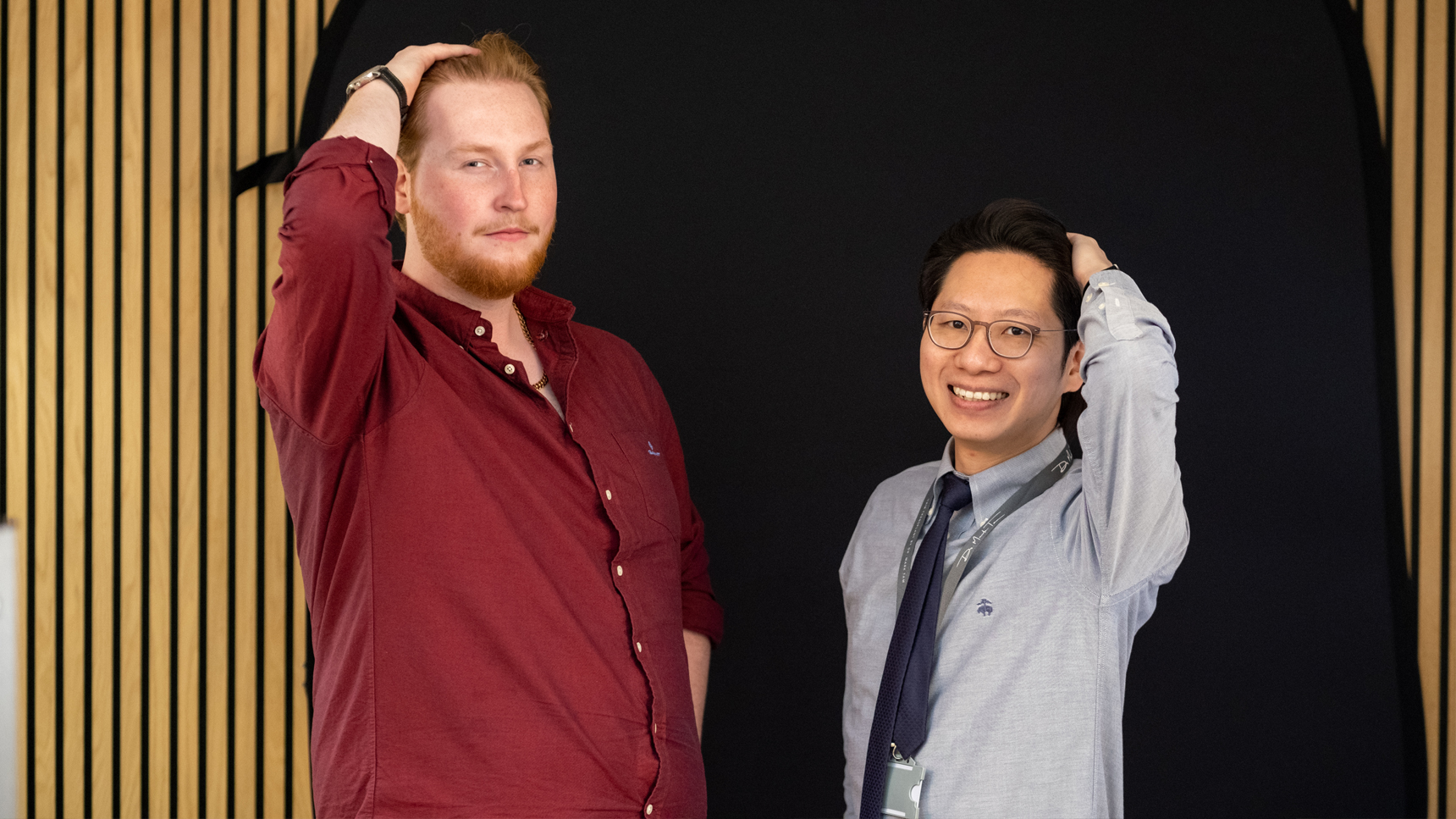

In order to save patients time and unnecessary costs, Dr Tam requires a pre-consultation screening to assess your suitability for surgery based on supplied photographs.
This form of assessment will only serve to give you an idea of whether you are likely to be suitable for a Hair Transplant, as well as providing you with a rough price estimate for the area you wish to have treated.
This assessment is complimentary but does not replace the need for a full consultation.
Once you have submitted your details along with the 3 required photos Dr Mark Tam will assess your suitability and you will receive a full report via email.
Recommended image types for uploading include JPG/JPEG and PNG.
Please do not press the back button or refresh the page after pressing the submit button.
* - Required field

